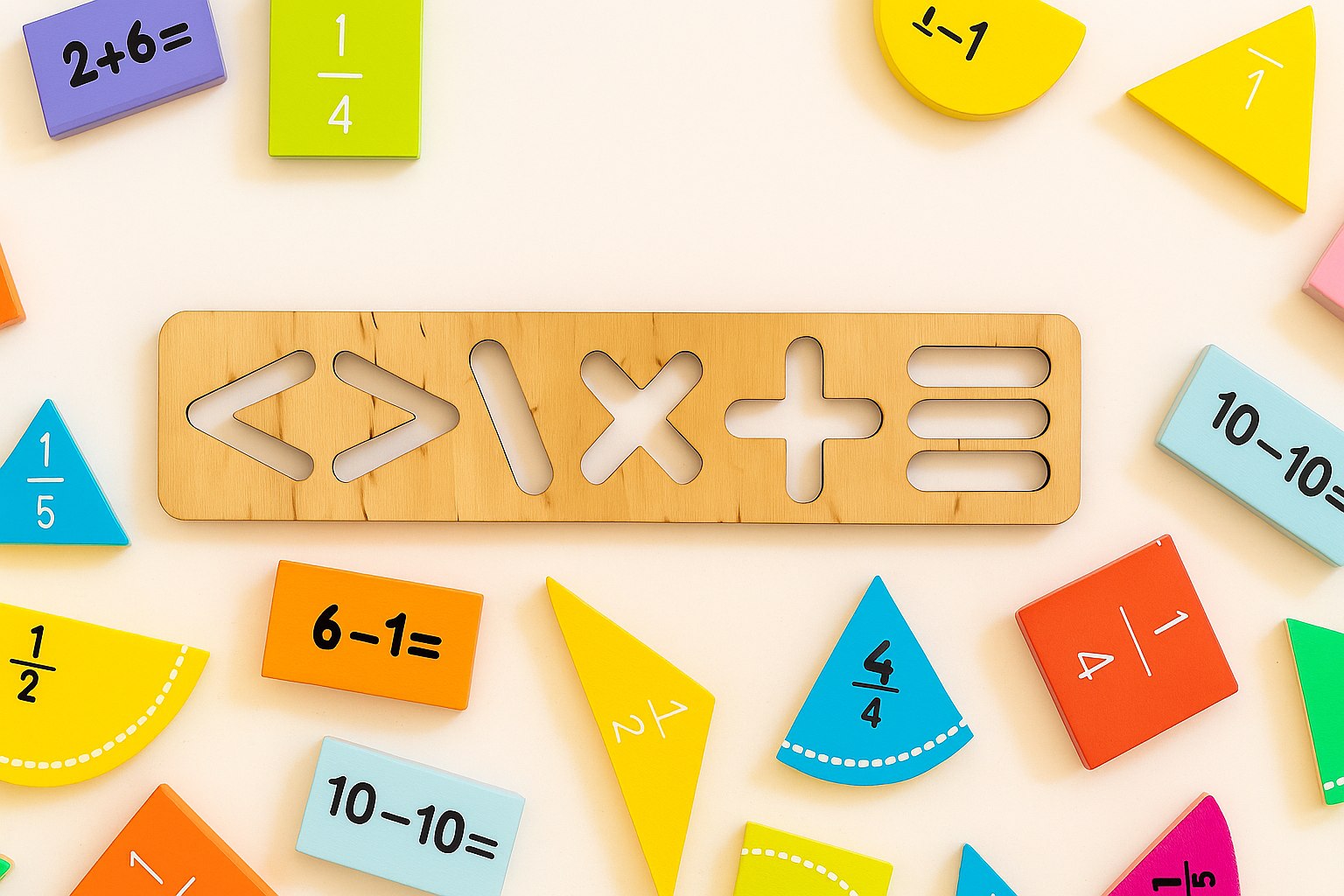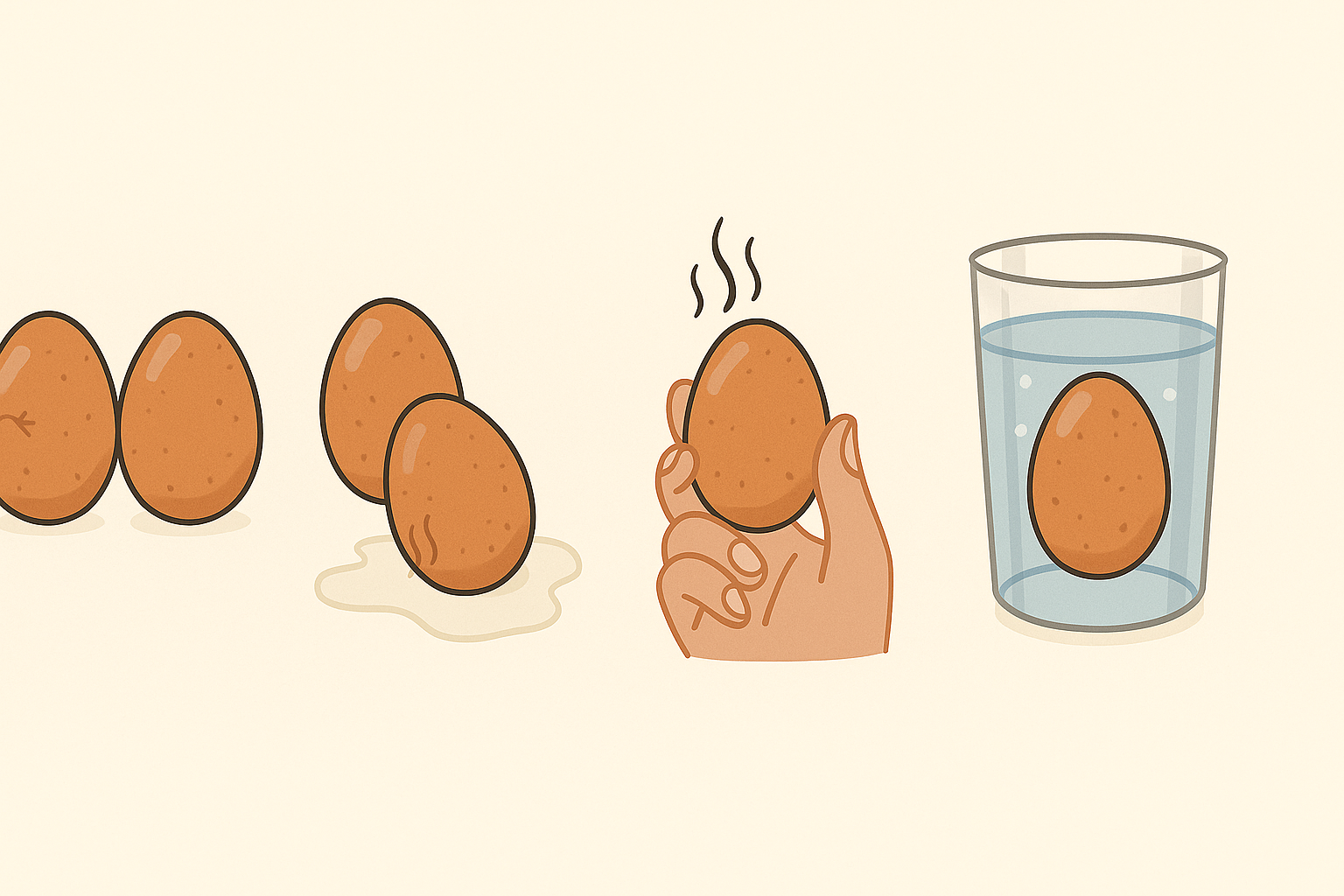What Is a Fraction?
A fraction represents a part of a whole. It has two parts:
- Numerator (top number): shows how many parts we have.
- Denominator (bottom number): shows how many equal parts the whole is divided into.
For example:
3/4 means 3 out of 4 equal parts.
Types of Fractions
Before learning how to add fractions, it’s important to understand the types:
- Like Fractions – Fractions with the same denominator (e.g., 1/5 and 2/5).
- Unlike Fractions – Fractions with different denominators (e.g., 1/3 and 1/4).
How to Add Fractions with the Same Denominator
This is the easiest case. When denominators are the same, just add the numerators and keep the denominator unchanged.
Formula:a/b + c/b = (a + c)/b
Example 1:
1/5 + 2/5 = (1 + 2)/5 = 3/5
No need to change anything. Just add the top numbers (1 + 2) and keep the bottom number (5) the same.
How to Add Fractions with Different Denominators
This is a little more complex. You need to make the denominators the same before you can add them. Here’s the step-by-step method:
Step 1: Find the Least Common Denominator (LCD)
- The LCD is the smallest number that both denominators can divide evenly into.
Step 2: Convert the fractions
- Adjust the fractions so they both have the LCD as the denominator.
Step 3: Add the new numerators
- Once the denominators are the same, add the numerators.
Step 4: Simplify the fraction (if needed)
Example 2: Add 1/3 + 1/4
Step 1: Find LCD
- The LCD of 3 and 4 is 12
Step 2: Convert both fractions
- 1/3 = 4/12 (multiply top and bottom by 4)
- 1/4 = 3/12 (multiply top and bottom by 3)
Step 3: Add the new fractions
- 4/12 + 3/12 = 7/12
Final Answer: 7/12
Tip: Use Cross-Multiplication (Shortcut Method)
For quick addition of two fractions:
a/b + c/d = (ad + bc) / bd
Example 3:
2/3 + 1/5
- (2×5 + 1×3) / (3×5) = (10 + 3) / 15 = 13/15
This method is useful but may require simplifying at the end.
Adding Mixed Numbers
A mixed number is a whole number plus a fraction (e.g., 2 1/3).
Steps:
- Convert mixed numbers to improper fractions.
- Follow the same steps to add.
- Convert back to a mixed number (if needed).
Example 4:
1 1/2 + 2 2/3
Step 1: Convert to improper fractions
- 1 1/2 = 3/2
- 2 2/3 = 8/3
Step 2: Find LCD
- LCD of 2 and 3 is 6
- 3/2 = 9/6
- 8/3 = 16/6
Step 3: Add
- 9/6 + 16/6 = 25/6
Step 4: Convert to mixed number
- 25 ÷ 6 = 4 with remainder 1 → 4 1/6
Tips to Remember
- Always find a common denominator before adding.
- Simplify your answer whenever possible.
- If dealing with mixed numbers, convert to improper fractions first.
- Practice with real-life examples: cutting pizza, measuring ingredients, dividing money, etc.
Practice Problems
Try solving these on your own:
- 3/8 + 1/8 = ?
- 2/5 + 1/3 = ?
- 1 1/4 + 2 2/5 = ?
- 5/6 + 2/9 = ?
(Answers at the bottom of this article)
Why Is Learning How to Add Fractions Important?
Adding fractions is not just a school task. It’s used in:
- Cooking (e.g., 1/2 cup + 1/4 cup)
- Construction (e.g., measuring inches and feet)
- Budgeting (e.g., splitting bills or discounts)
- Everyday decisions (e.g., combining times or distances)
Mastering fractions builds your confidence and helps you solve real-world problems.






Leave a Reply